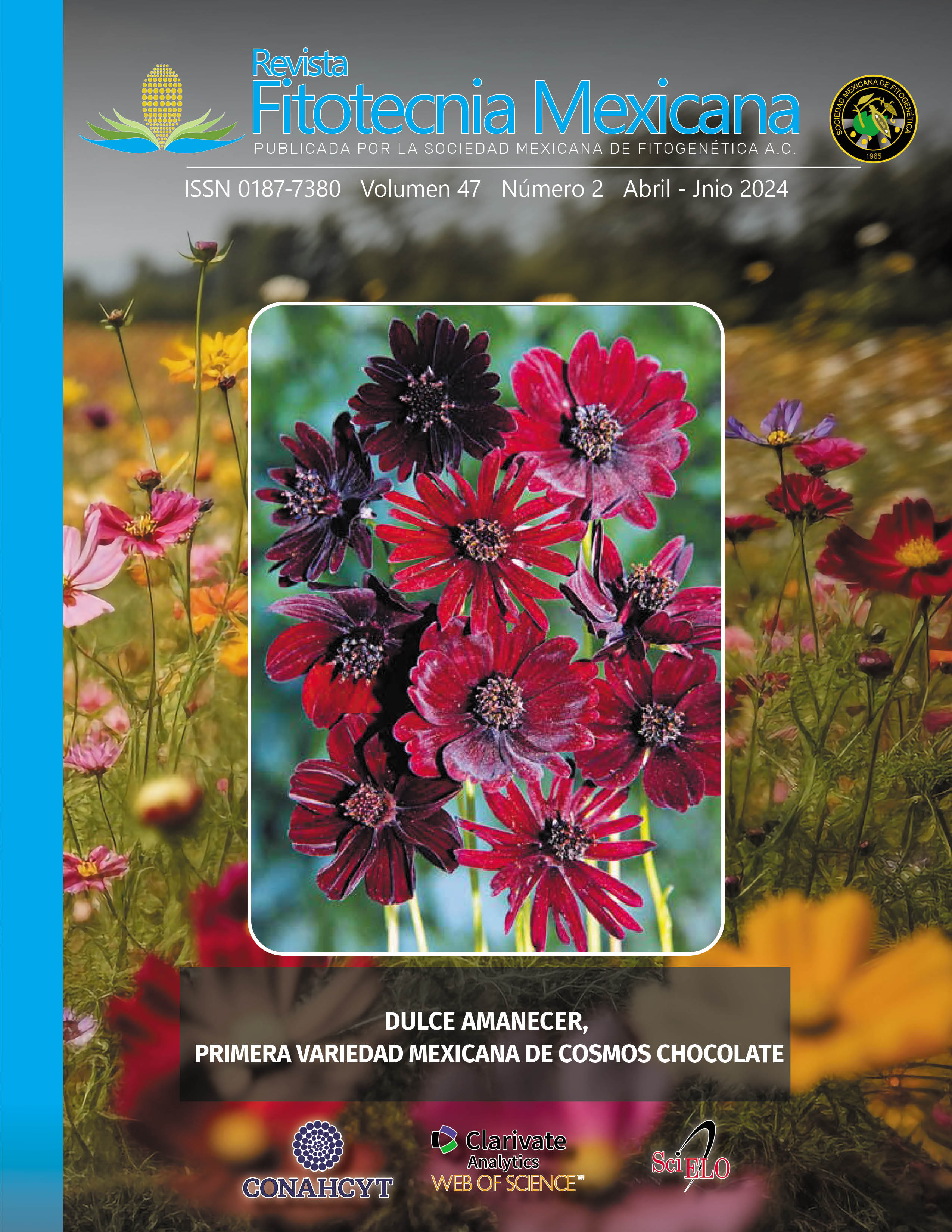EFECTIVIDAD DEL COLÁGENO DE ESCAMAS DE TILAPIA (Oreochromis niloticus) EN LA ENCAPSULACIÓN DE ß-CAROTENO
Main Article Content
Abstract
The effectiveness of collagen extracted from Nile Tilapia (Oreochromis niloticus) fish scale on the encapsulation of β-carotene was evaluated. Two encapsulations were performed by lyophilization: encapsulation with soy protein (EP) and encapsulation with collagen and soy protein (ECP) in 1:4 ratio. The samples were physiochemically characterized, their fluidity properties were evaluated, and mathematical and kinetic models were used to predict the stability of the encapsulated β-carotene stored at 35°C for eight weeks. Collagen extraction yield was 13.85 %, collagen had the following proximal composition: protein 47 %, ash 40 %, fat 9 % and moisture 7.9 %. Initially, ECP showed a higher retention rate (TR = 83.4 %) than EP (TR = 53.3 %), while after storage at 35 °C for eight weeks, β-carotene retention in ECP was 0.84%, while in EP reached only 0.48 %. ECP encapsulation efficiency (66.7 %) was better than that of EP (42.6 %). High cohesiveness and intermediate fluidity were found in EP and intermediate cohesiveness and intermediate fluidity in ECP. According to results, collagen from this source proved to be a functional material for encapsulating β-carotene.

